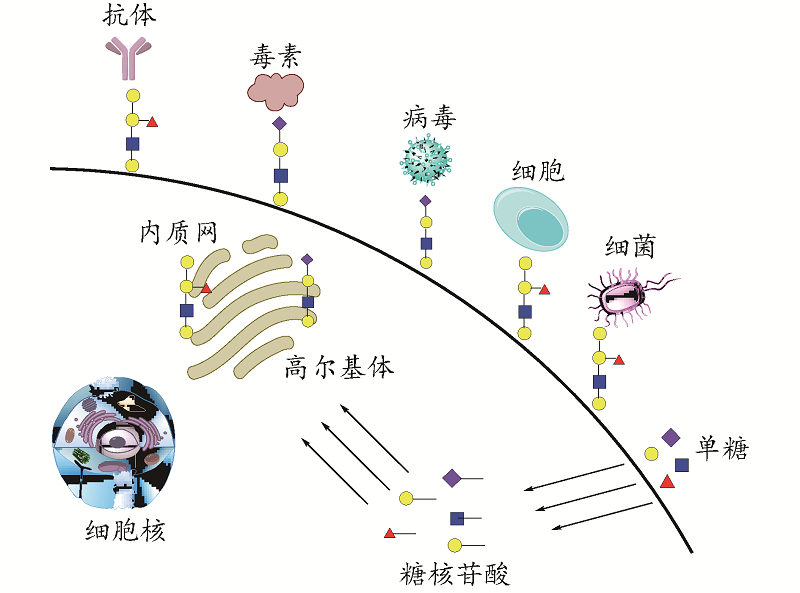 PDF(4457 KB)
PDF(4457 KB)


 PDF(4457 KB)
PDF(4457 KB)
 PDF(4457 KB)
PDF(4457 KB)
聚糖化学合成的挑战和可能的凝聚态化学问题
 ({{custom_author.role_cn}}), {{javascript:window.custom_author_cn_index++;}}
({{custom_author.role_cn}}), {{javascript:window.custom_author_cn_index++;}}Challenges in Chemical Synthesis of Glycans and the Possible Problems Relevant to Condensed Matter Chemistry
 ({{custom_author.role_en}}), {{javascript:window.custom_author_en_index++;}}
({{custom_author.role_en}}), {{javascript:window.custom_author_en_index++;}}
| {{custom_ref.label}} |
{{custom_citation.content}}
{{custom_citation.annotation}}
|
/
| 〈 |
|
〉 |